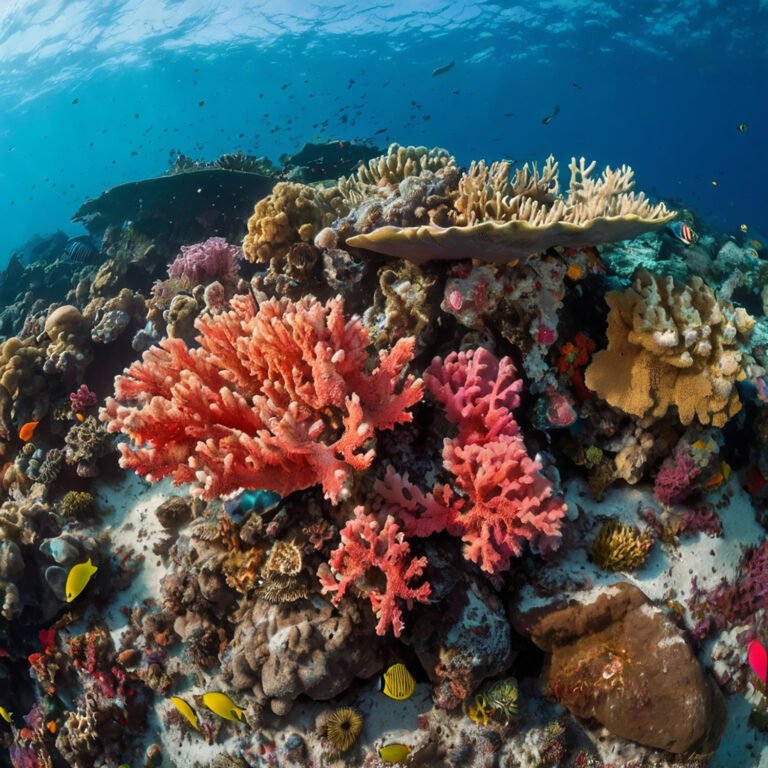Why Environmental Degradation and Overpopulation Creates More Pandemics
Recent pandemics are not random events; they’re a result of increasing human pressure on the environment. Deforestation, urbanization, and climate change are driving increased human contact with wildlife and insect vectors, raising the risk of infectious disease transmission. The world must address these root causes to prevent future pandemics.
Key Points
- Environmental Degradation: Human activities like deforestation and land-use change are destroying wildlife habitats, forcing animals closer to human populations and increasing the chances of zoonotic disease transmission.
- Climate Change: Shifting climate patterns alter animal behaviors and vector distribution, leading to new opportunities for viruses to jump between species, including humans.
- Urbanization and Globalization: Rapid urbanization and increased global trade and travel further facilitate the spread of infectious diseases across the world.
- Biodiversity Loss: The decline in biodiversity also contributes to pandemics. Diverse ecosystems can regulate and prevent the spread of pathogens, but when ecosystems are degraded, this natural protection is lost.
Urgent Action Needed
We need to take greater action to protect and restore ecosystems to reduce the risk of future pandemics. This must include reducing deforestation, reafforestation, managing land sustainably, and addressing climate change. A global effort is needed to reshape the human-nature relationship and create resilience against infectious diseases.







